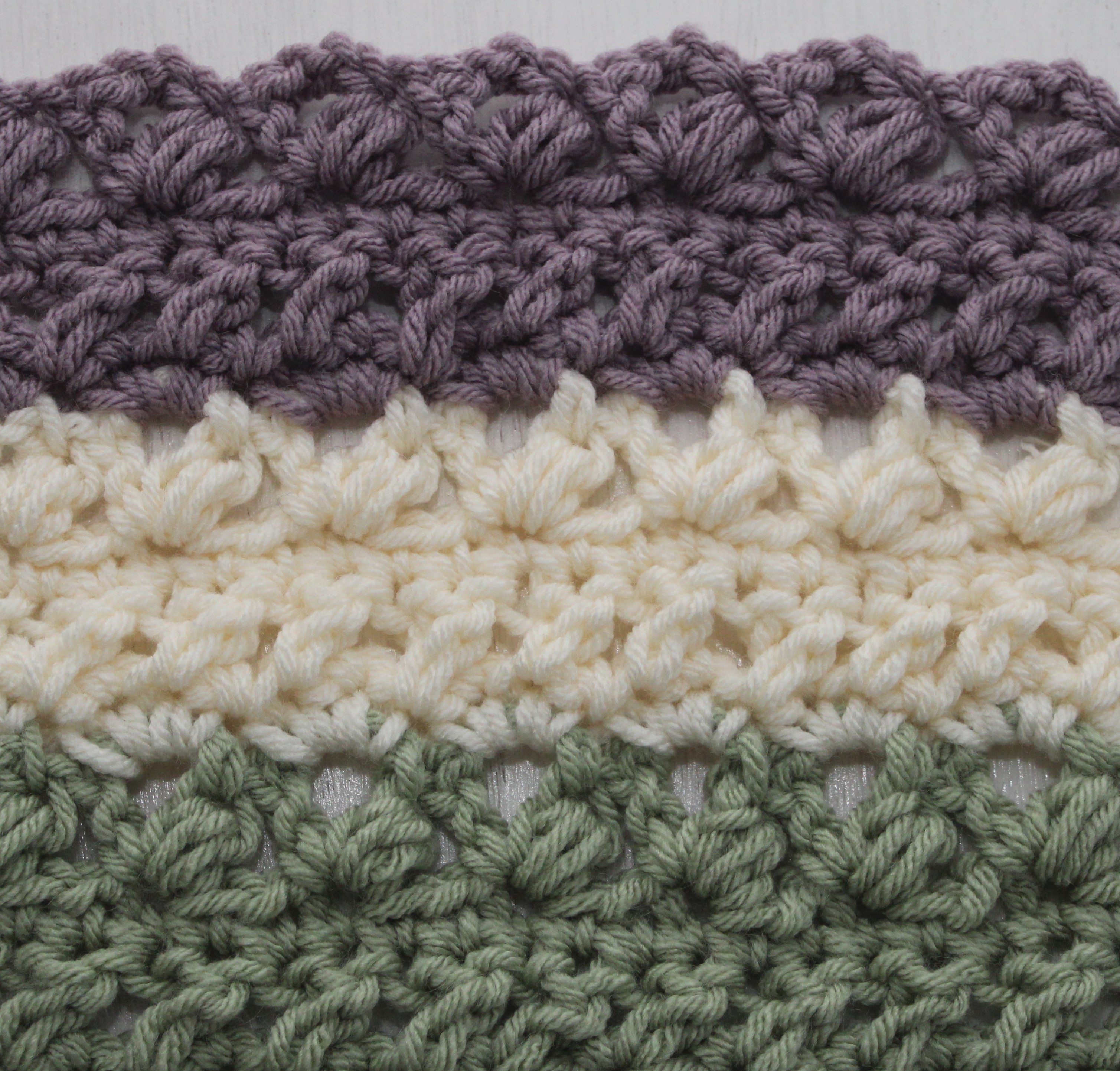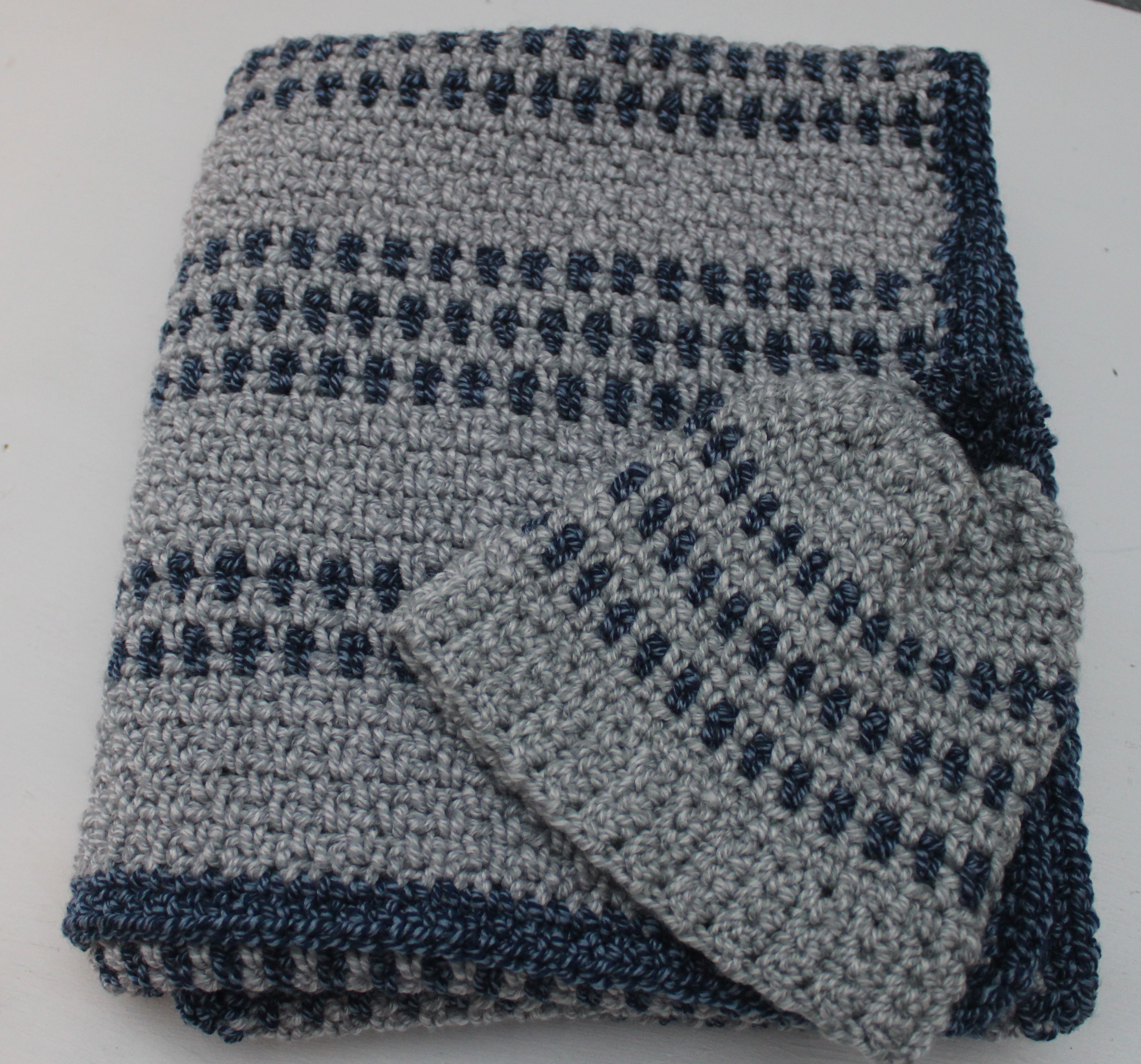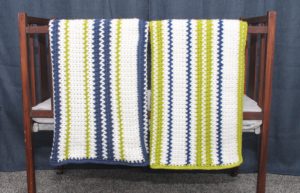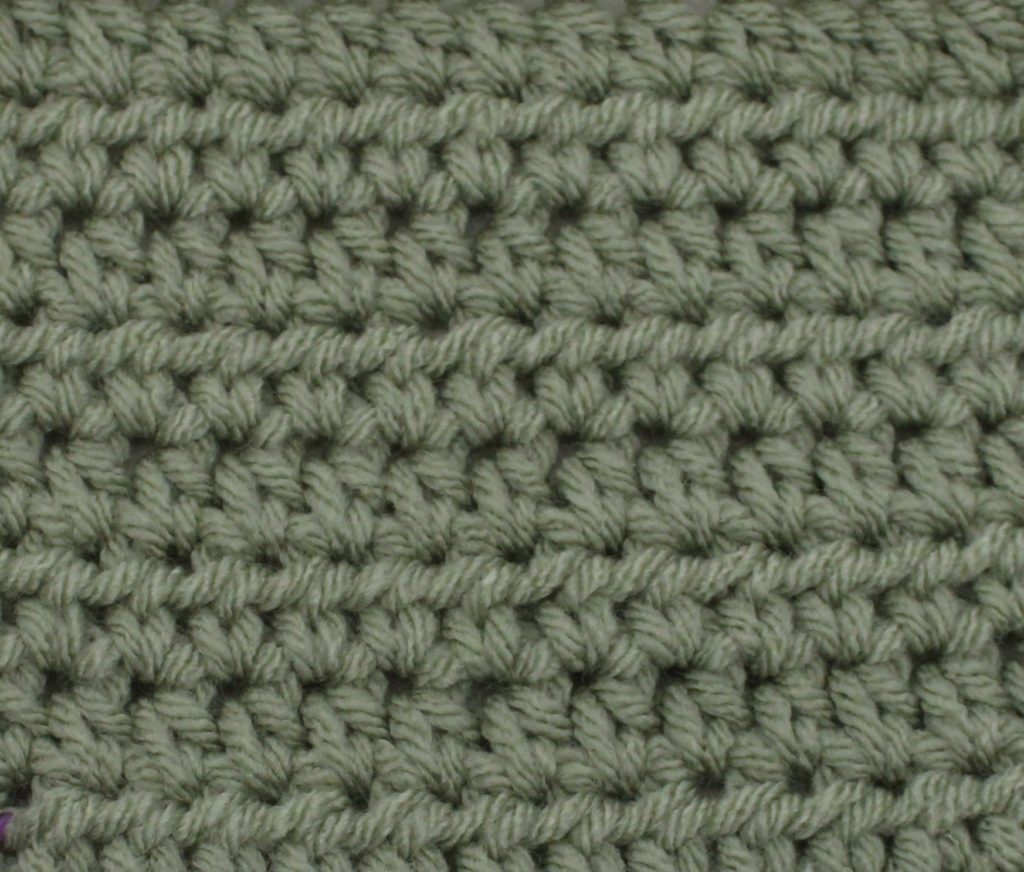The Truth About Crochet Is Found Here
You may be wondering, “What is Crochet? Why should I learn to crochet? How can I benefit from crochet?” All of these are great questions. My goal here at DulceBella Designs is to answer these questions. Above all, I want to introduce you to the art of crochet, teach you how, and show you how crochet can not only benefit you, but others you come into contact with. In other words, the truth about crochet is found here.

History of Crochet
No one is quite sure when and where crochet got its start. The word comes from croc, or croche, the Middle French word for hook, and the Old Norse word for hook is krokr. Jodie Morgan has a great article about the history of crochet. She goes into great detail about its origin, history, and how it has changes over the years.
Crochet is a handicraft that uses a hooked needle, AKA crochet hook, to loop yarn into a patterned fabric. The typical material used for crochet is yarn, or crochet thread. However, other innovative materials, such as fabric, wire, or twine are also common materials.
Goals of Crochet
People who do the art of crochet have many different goals for doing it. For example, the most common goal is to complete projects. These projects are typically useful, attractive, or beneficial. Afghans, blankets, booties, slippers, scarves, hats, shawls, purse and tote bags are certainly very common projects of crochet.
“I’m Hooked!”
The pun, “I am hooked”, needs no explanation in the world of crochet. It conveys how addictive crochet can become. Crochet creates rhythm and repetition of stiches and patterns, so many find it soothing and relaxing. It encourages you to test out new and different combinations. Ripping out or removing a row or round (known as frogging) to make a change is quite easy and will not disturb the rest of the work.
Basics of Crochet
A stitch is the basic unit of crochet. Stitches come in many sizes, shapes, and textures, which makes crochet creative and unique. There are several basic stitches in crochet. Your crochet fabric grows. from the chain stitch, a foundational stitch. The slip stitch is often times used as a connecting stitch at the end of a round or to “sew” pieces together. In addition, the single crochet is also a foundation stitch for other stitches and rows. The half double crochet (HDC), Double Crochet (dc) and Treble Crochet (tr) are the other basic stitches that add depth, demission, and texture to a piece.
Crochet combines the basic stitches in various ways to create interesting stitch patterns. Stitch placement and the number of stitches made into a designated spot achieves different effects. Therefore, you can alter the appearance of a stitch by working several stitches into the same place or by inserted the hook into a different place. These techniques create dazzling and creative designs. As a result, patterns can be lacy or solid, colorful or monochromatic, patterned or plain.


Creativity flourishes With Crochet
Crochet easily lends itself to your creative side. Different techniques can easily change the height, width, and texture of stitches. For example, with crochet you can build a sturdy wearable fabric with single crochets. Secondly, you can create a fun, multicolored pattern with stripes or chevrons. Another possibility is to make a delicate, lacy fabric that resembles lace or embellish you work with bobbles, popcorns and puffs. Whatever your creative side lends itself to, crochet will take you there.



Another variable that adds beauty and graphic design is color choice. One can change colors throughout a piece creating rows or chevrons. In addition, you can sew several of the same designed pieces together. This creates a blocked look to the work. Yet another way to vary color within a piece of crochet is to use variegated yarn (shown above). These multicolored threads create a unique and sometimes random color pattern throughout the project.

the color pattern gave each blanket a different look.

unique look to afghans.
The truth about crochet is found
SO, THERE YOU HAVE IT FOLKS! I have many resources here to help you learn the history, goals, basics, stitches, elements, and techniques of crochet. Thanks for stopping by. Meanwhile, stay a while, explore a little more, and learn the truth about crochet for yourself!
Crochet has been a part of my life for over 40 years. I would love the opportunity to help bring out the creative side in you and introduce you to the world of crochet. However, if you already know how to crochet, you might find some new tips and techniques that will help you in your crochet journey.








